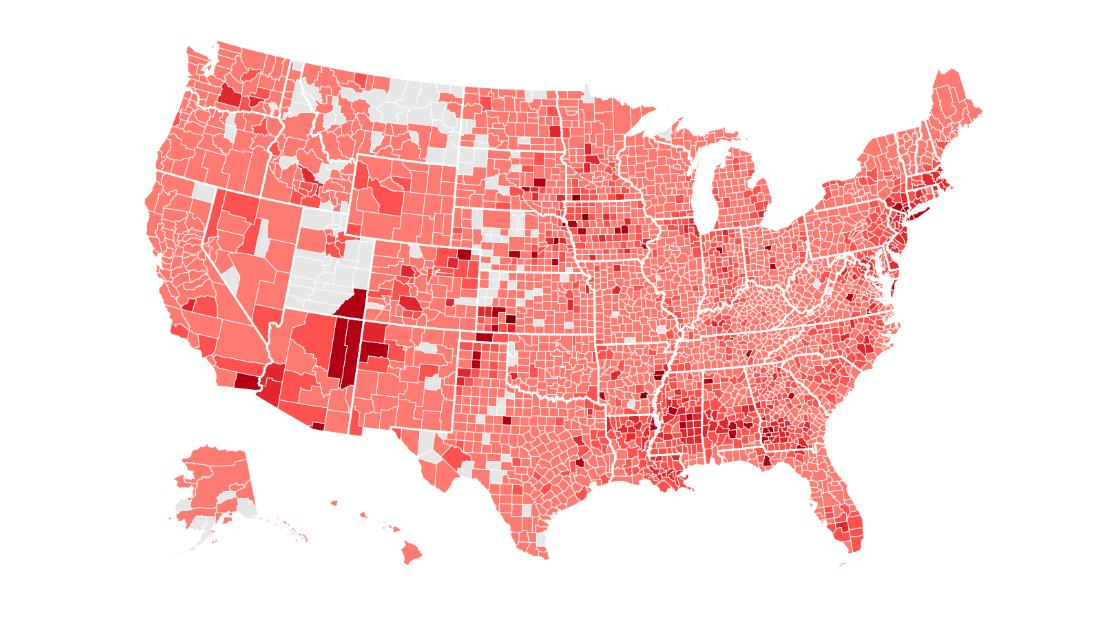Overview of the Current Situation
The COVID-19 pandemic continues to evolve, with the United States facing various challenges and developments. As of late 2024, the situation remains dynamic, with ongoing updates regarding cases, vaccines, and government policies. Keeping up with these changes is crucial for understanding how the virus impacts daily life and what steps are being taken to combat it.
COVID-19 Statistics
Recent statistics show fluctuations in https://tnchronicle.com/ cases across the U.S. On average, new cases have shown a gradual decline compared to previous waves. However, certain regions still experience high transmission rates. The Centers for Disease Control and Prevention (CDC) regularly updates these numbers, which are essential for assessing the current state of the pandemic.
New Variants and Their Impact
New variants of the virus continue to emerge, with some potentially more transmissible or resistant to existing vaccines. For instance, the latest variant, known as XBB.1.16, has been observed to spread more easily. While vaccines remain effective, ongoing research and monitoring are critical to addressing these changes and adapting public health strategies.
Vaccination Efforts and Updates
Current Vaccination Rates
Vaccination efforts have made significant strides, with a substantial percentage of the population having received their primary series of COVID-19 vaccines. As of now, over 70% of eligible Americans have completed their initial vaccination series, reflecting a major public health achievement.
Booster Shots and Recommendations
Eligibility Criteria for Boosters
Booster shots have become a crucial part of maintaining immunity. Currently, the CDC recommends boosters for all individuals aged 18 and over who received their last dose more than six months ago. Eligibility also extends to younger populations depending on specific health conditions or exposure risks.
Availability and Distribution
Booster shots are widely available across the country. Most pharmacies, clinics, and healthcare facilities offer them, making it convenient for individuals to receive their additional doses. Public health campaigns continue to encourage eligible individuals to get boosted to ensure continued protection.
Government Policies and Guidelines
Recent Policy Changes
Recent changes in government policies have focused on adjusting response strategies based on the latest data. Mask mandates and social distancing guidelines have been updated in response to regional case spikes and variant prevalence. The federal and state governments continue to adapt their approaches to address evolving situations.
Travel Restrictions and Requirements
Travel restrictions have been implemented to control the spread of the virus. International travel now requires proof of vaccination or a negative test result before departure. Domestic travel guidelines have also been updated, with some states enforcing specific restrictions based on local case numbers.
Healthcare System Response
Hospitalization Rates
Hospitalization rates have fluctuated but generally show a decline compared to earlier in the pandemic. Advanced treatments and better management of severe cases have contributed to this improvement. Nevertheless, hospitals remain vigilant and prepared for potential surges.
Medical Resources and Support
The healthcare system continues to be supported by increased funding and resources. This includes the supply of personal protective equipment (PPE), ventilators, and other critical medical supplies. Support for healthcare workers remains a priority as they continue to face high demands.
Impact on Economy and Society
Economic Recovery Plans
The U.S. economy is in a phase of recovery, with various stimulus packages and support measures in place to help businesses and individuals affected by the pandemic. Economic recovery plans focus on rebuilding sectors hardest hit by COVID-19 and fostering job growth.
Social Changes and Public Behavior
COVID-19 has significantly impacted social behavior. Remote work and virtual interactions have become more common, reshaping how people live and work. Public behavior continues to evolve as individuals adapt to new norms and practices in response to ongoing health advice.
Looking Ahead: What to Expect
Potential Challenges
Future challenges include managing new variants and addressing vaccine hesitancy. Continued vigilance and adaptation are necessary to navigate these challenges effectively. The potential for future surges or changes in virus behavior requires ongoing preparation and flexibility.
Future Projections
Looking ahead, projections suggest a gradual return to normalcy with sustained efforts in vaccination and public health measures. The pandemic’s trajectory will largely depend on how effectively the U.S. can manage current challenges and adapt to emerging trends.
Conclusion
The latest updates on COVID-19 in the USA highlight the ongoing evolution of the pandemic and the collective efforts to manage it. From vaccination drives to policy changes and economic recovery plans, each aspect plays a role in shaping the current and future landscape. Staying informed and engaged with these updates helps individuals and communities navigate the challenges ahead effectively.


